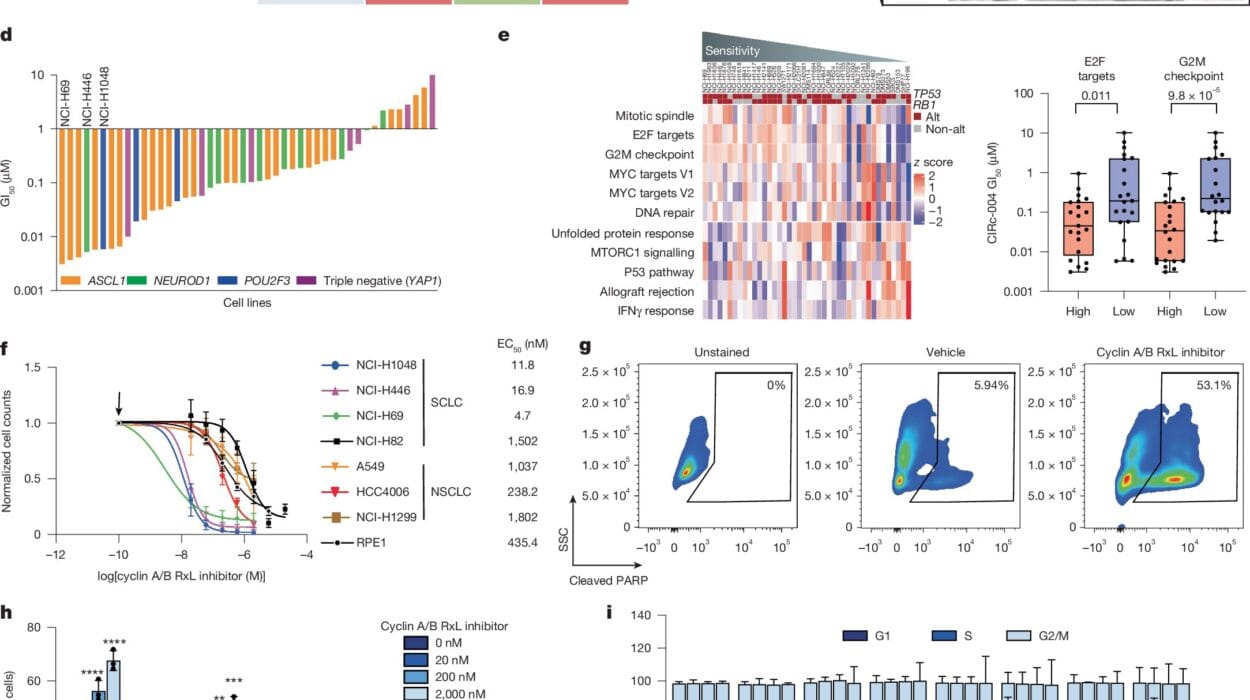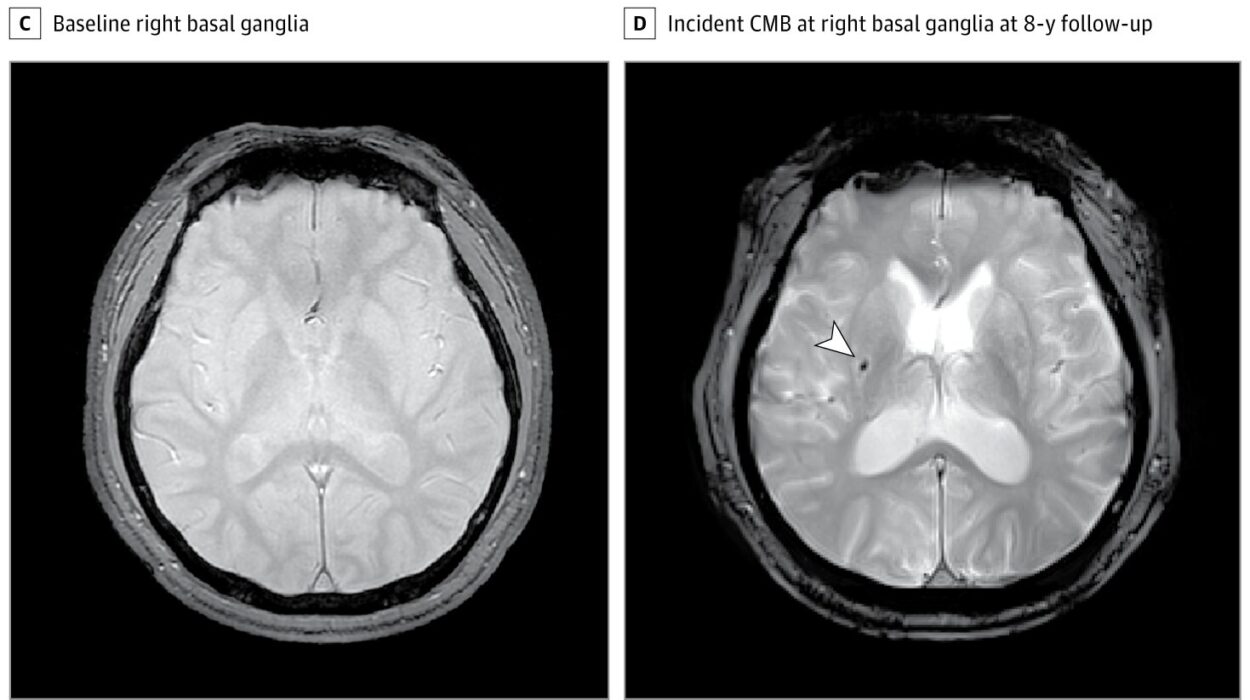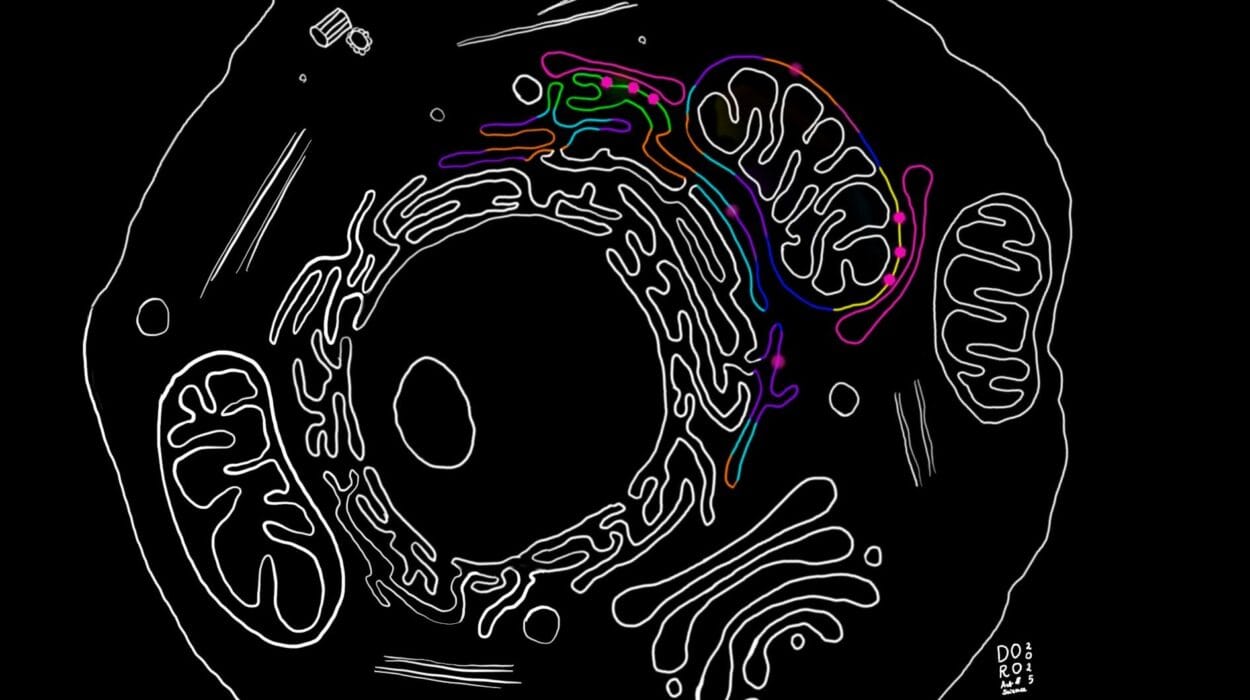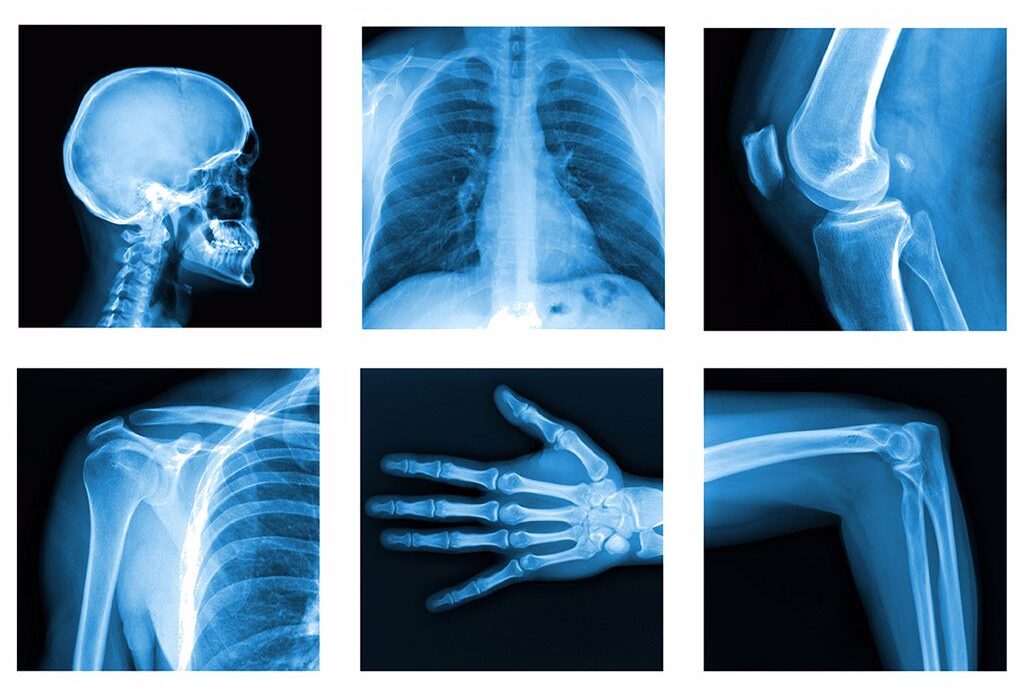Imagine waking up every day feeling exhausted, not because you didn’t sleep enough, but because your body is carrying more than it was designed to. Imagine climbing stairs and feeling as if you’ve run a marathon. Imagine being surrounded by advertisements for fast food while your doctor tells you to lose weight. Imagine the confusion, frustration, and shame that so many people living with obesity face daily—not just because of the health consequences, but because of how society treats them.
Obesity is more than a number on a scale. It’s a chronic, complex disease that affects millions of people around the world—more than 1 billion globally and growing. But beyond the statistics are real human lives, each with their own story, pain, and desire to live fully. This is not just a medical issue—it is a human one.
In this article, we will explore obesity in depth: what causes it, what symptoms it brings, how it’s diagnosed, and what treatment options exist. But more than that, we’ll try to understand it with empathy, scientific rigor, and a determination to find solutions rooted in compassion.
What Is Obesity?
Obesity is a chronic condition characterized by an excessive accumulation of body fat that can negatively impact health. It is typically measured using the body mass index (BMI), a calculation that relates weight to height.
- A BMI of 25–29.9 is considered overweight.
- A BMI of 30 or above is classified as obese.
Although BMI is a useful general tool, it does not account for muscle mass, fat distribution, or metabolic health. Therefore, doctors often consider other measurements such as waist circumference and body composition analysis when assessing risk.
But numbers alone cannot tell the whole story. Obesity is about more than fat—it’s about how that fat interacts with the body’s systems. It contributes to insulin resistance, inflammation, hormonal imbalance, and organ dysfunction. It increases the risk for diseases ranging from diabetes to cancer. And for many, it impacts daily life in deeply personal and painful ways.
The Biology of Body Fat
Fat is not an enemy. In fact, adipose tissue (body fat) is essential for survival. It stores energy, cushions organs, insulates the body, and secretes hormones that regulate hunger, metabolism, and immunity.
But like any system, balance is key. When the amount of fat in the body exceeds healthy limits—especially visceral fat that surrounds the internal organs—it begins to interfere with normal function. The body becomes resistant to insulin, a hormone that controls blood sugar. Inflammatory chemicals are released. Hormones that control appetite, such as leptin and ghrelin, become dysregulated. The result is a metabolic storm that perpetuates itself.
Obesity is therefore not just a lifestyle issue—it’s a physiological state with complex feedback loops. And breaking free of it often requires more than just “eating less and moving more.”
The Many Causes of Obesity
Obesity is caused by an imbalance between energy intake (calories consumed) and energy expenditure (calories burned), but that oversimplification hides a much deeper reality. Many factors—biological, environmental, psychological, and social—converge to tip the scales.
1. Genetic and Epigenetic Influences
Genes play a significant role in obesity. Some people are genetically predisposed to store fat more efficiently, feel hungrier, or burn fewer calories at rest. Studies show that up to 70% of body weight variation can be attributed to genetics.
Beyond genes, epigenetics—how gene expression is influenced by environment—also matters. For instance, malnutrition in the womb can lead to “thrifty” metabolic programming that persists for life, making weight gain more likely even with normal calorie intake.
2. Hormonal Imbalances
Obesity is associated with disruptions in several key hormones:
- Leptin: Signals fullness to the brain. Many obese individuals have high leptin levels but are resistant to its effects.
- Ghrelin: Stimulates appetite. Levels often remain high in people trying to lose weight.
- Insulin: Regulates blood sugar. Insulin resistance is common in obesity and can lead to type 2 diabetes.
- Cortisol: The stress hormone. Chronically elevated cortisol can promote fat storage, especially in the abdominal area.
3. Diet and Nutrition
Ultra-processed foods, rich in sugar, fat, and salt, are everywhere—fast, cheap, and addictive. These foods disrupt hunger signals, provide little satiety, and are engineered to promote overconsumption. A diet high in sugar-sweetened beverages, refined carbohydrates, and processed meats is strongly associated with weight gain and obesity-related disease.
Portion sizes have also grown dramatically in the last few decades, and eating out often means consuming hundreds more calories than home-cooked meals. Food deserts, advertising, and socioeconomic inequality further compound the challenge.
4. Physical Inactivity
Modern life is largely sedentary. We sit at desks, drive cars, and entertain ourselves with screens. Physical activity is not just about burning calories—it also improves insulin sensitivity, mood, and muscle mass, all of which help regulate weight. When exercise is rare and sitting is constant, the body adapts by conserving energy and storing fat.
5. Psychological and Emotional Factors
For many, food is comfort. Emotional eating in response to stress, sadness, trauma, or boredom is incredibly common. Childhood trauma, in particular, is strongly linked to adult obesity. Mental health conditions such as depression and anxiety can also disrupt eating habits and energy levels.
Furthermore, the shame and stigma associated with obesity often worsen the problem. Feeling judged or isolated can lead to more emotional eating, less motivation to exercise, and reluctance to seek medical help.
6. Medications and Medical Conditions
Certain medications can cause weight gain as a side effect. These include:
- Antidepressants (e.g., SSRIs)
- Antipsychotics
- Steroids
- Diabetes medications (like insulin or sulfonylureas)
Medical conditions like hypothyroidism, Cushing’s syndrome, and polycystic ovary syndrome (PCOS) also interfere with metabolism and hormone balance, making weight management more difficult.
Recognizing the Symptoms of Obesity
Obesity develops gradually and may not always feel like a disease at first. But over time, it exerts pressure—literally and figuratively—on every part of the body.
Common symptoms and complications include:
- Breathlessness and fatigue
- Joint pain, especially in knees, hips, and back
- Sleep apnea and poor sleep quality
- Snoring and daytime drowsiness
- Depression, anxiety, and low self-esteem
- Skin changes, including darkened patches (acanthosis nigricans)
- Digestive problems, such as heartburn or reflux
- Increased sweating
- Irregular menstrual cycles and fertility issues
Most concerning are the long-term complications:
- Type 2 diabetes
- Heart disease and high blood pressure
- Stroke
- Certain cancers (e.g., breast, colon, endometrial)
- Liver disease, including non-alcoholic fatty liver disease (NAFLD)
- Kidney disease
- Gallbladder disease
Left untreated, obesity shortens life expectancy and reduces quality of life. But early detection and intervention can reverse many of these risks.
Testing and Diagnosis: More Than a Scale
Diagnosing obesity begins with a simple measurement: BMI. However, modern medicine goes further to understand the full picture.
1. Anthropometric Measurements
- BMI: A rough estimate based on weight and height.
- Waist circumference: Reflects abdominal fat. A waist larger than 40 inches in men or 35 inches in women signals higher risk.
- Waist-to-hip ratio: Assesses fat distribution. A higher ratio means more visceral fat.
2. Blood Tests
To understand metabolic health, doctors may order tests for:
- Blood sugar levels (fasting glucose, A1C)
- Lipid profile (cholesterol and triglycerides)
- Liver enzymes
- Thyroid function
- Hormones, like insulin or cortisol
3. Imaging
In complex cases, imaging like DEXA scans or MRI may be used to assess body composition and fat distribution.
4. Screening for Complications
Patients with obesity are also screened for conditions like:
- Sleep apnea (using sleep studies)
- Depression or anxiety
- Hypertension and cardiovascular risk
These tests help determine the best course of treatment—because obesity is never one-size-fits-all.
Treatment: From Compassion to Action
Treating obesity isn’t about blaming people or prescribing shame. It’s about empowerment—providing the tools, support, and knowledge needed to regain control over one’s body and health.
Effective treatment often involves a multidisciplinary approach, including medical professionals, dietitians, psychologists, and fitness specialists.
1. Lifestyle Changes
The foundation of obesity treatment is lifestyle modification—but done with realism and support.
Nutrition
- Shift away from ultra-processed foods.
- Emphasize whole foods: vegetables, fruits, lean proteins, whole grains, and healthy fats.
- Reduce sugar-sweetened beverages.
- Learn mindful eating—slowing down, recognizing hunger and fullness cues.
It’s not about strict diets. It’s about sustainable habits.
Physical Activity
- Aim for 150–300 minutes of moderate aerobic activity per week.
- Add strength training to preserve muscle.
- Start slow—walk, stretch, swim—and build confidence.
Even small increases in activity can improve health.
Behavioral Therapy
- Identify emotional triggers for eating.
- Use cognitive-behavioral techniques to replace negative patterns.
- Set realistic, achievable goals.
Support groups, counseling, and digital tools can help.
2. Medications
For some, lifestyle change alone isn’t enough. Several FDA-approved medications can help with appetite control, metabolism, or fat absorption:
- GLP-1 agonists (e.g., semaglutide, liraglutide)
- Phentermine-topiramate
- Naltrexone-bupropion
- Orlistat
These are most effective when combined with lifestyle changes and medical supervision.
3. Bariatric Surgery
For severe obesity (BMI ≥ 40 or ≥ 35 with complications), bariatric surgery may be considered. Procedures like gastric bypass or sleeve gastrectomy reduce stomach size or nutrient absorption. These surgeries can lead to dramatic weight loss and resolution of many obesity-related diseases.
However, surgery is not a magic bullet. It requires lifelong dietary changes, medical follow-up, and psychological support.
4. Addressing Underlying Conditions
Treating obesity also means treating contributing factors:
- Managing diabetes or PCOS
- Adjusting weight-promoting medications
- Treating depression or anxiety
Beyond the Body: Fighting Stigma
One of the cruelest aspects of obesity is the stigma attached to it. People with obesity are often judged as lazy, lacking willpower, or being morally weak. This bias shows up in healthcare, employment, media, and everyday interactions.
Stigma doesn’t motivate change—it creates shame, avoidance, and self-loathing. Studies show that people who feel shamed for their weight are less likely to lose weight and more likely to gain it.
Healthcare providers must lead the way in changing the narrative. Obesity is not a moral failing. It’s a disease—chronic, multifactorial, and deserving of compassionate care.
Hope on the Horizon
Despite its challenges, obesity is not insurmountable. Science is evolving rapidly, and new treatments—especially in obesity pharmacology—offer real hope. Medications like semaglutide (Wegovy) have shown weight loss results that were once only possible with surgery.
Even modest weight loss—just 5% to 10% of total body weight—can significantly reduce the risk of diabetes, heart disease, and joint problems. More importantly, it can bring back the ability to move freely, breathe easily, sleep deeply, and live fully.
But perhaps the most powerful change begins not in the lab, but in the heart: replacing blame with understanding, replacing guilt with action, and remembering that every body is worthy of respect and care.
Conclusion: A Journey, Not a Judgment
Obesity is not a label—it’s a condition. And those who live with it deserve empathy, not judgment. Science, when paired with humanity, can offer answers. But real change requires a shift in how we think, speak, and act about weight.
This is not just about losing pounds. It’s about gaining life.
If you or someone you love is struggling with obesity, know this: you are not alone. You are not broken. You are worthy of help, and there is hope.
And hope, like health, is something we can build—together.






